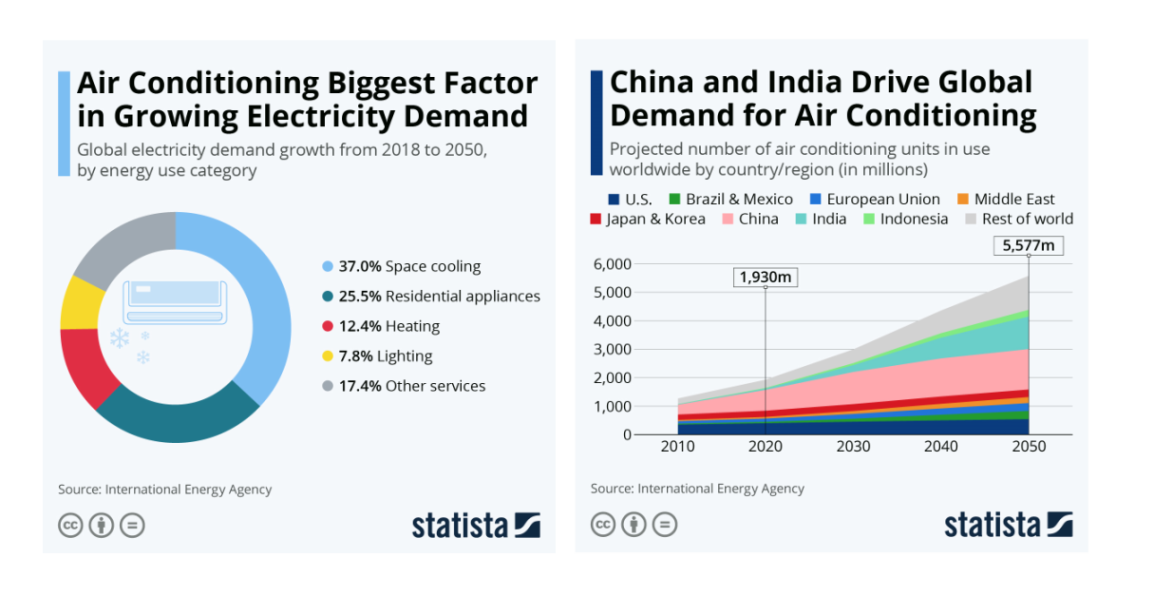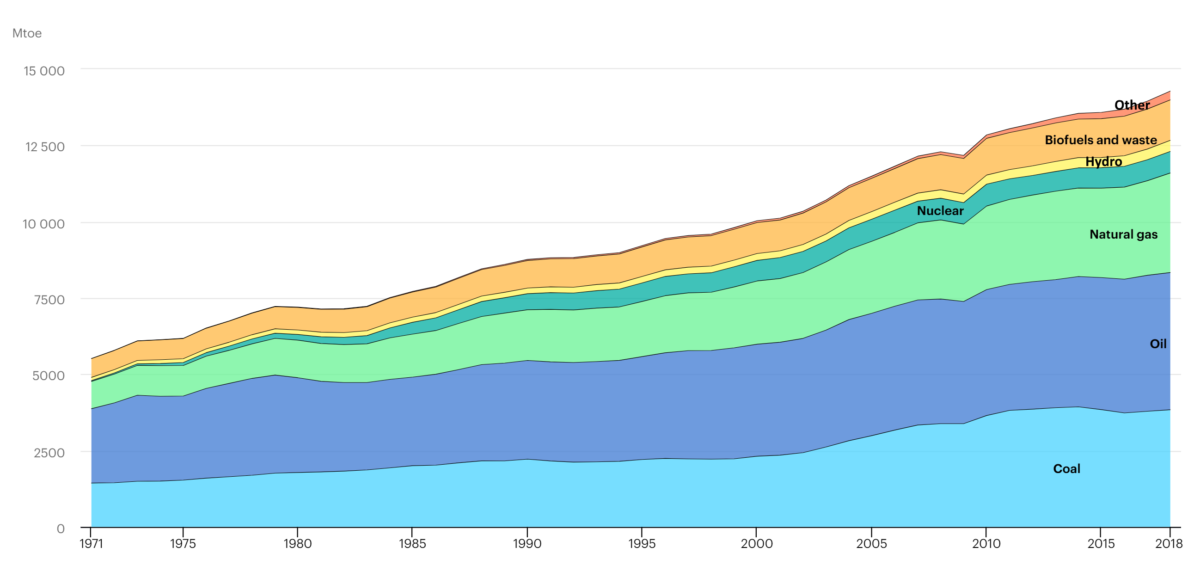Is flexibility the new efficiency?
What we do matters: activities and associated electricity consumption can inform our understanding of diverse electricity use patterns.
Dr Phil Grunewald collects activity and electricity data from hundreds of UK households to understand how everyday life shapes our load profiles—and how these could be meaningfully shifted in a socially acceptable manner, even if this means being less efficient at times. Find out more at www.energy-use.org
Efficiency could soon be a thing of the past. Doing more with less energy is a good thing, no doubt about it. Efficient use of energy reduces costs and carbon. But that might be about to change. Imagine a situation where renewable generation exceeds demand—just temporarily. This already happens in Germany on a regular basis and will increasingly be the case elsewhere. At this moment in time, would using less reduce cost or carbon?
The marginal cost of this electricity is zero and the emissions are too. Use more, even for something inefficient or pointless, and no harm will be done. In fact, profligate (and flexible) consumption at this point may even help the system. Otherwise some inefficient thermal plant with fast ramping ability (often the least efficient types) will have to be kept in part load to respond to the ups and downs in supply and demand.
The alternative is to curtail renewable output. This is a technically simple and cheap option, but arguably the least efficient thing imaginable (exactly 0% efficient). Even a poor storage medium that is only 1% efficient would improve overall system efficiency (by making 1% of this energy available at a useful time).
Thus, not all efficiencies are worth the same. Efficient lighting has already made significant contributions to the reduction of UK peak demand, thereby avoiding the need for highly emitting and costly peaking plants. This is because lighting is very much in use during UK peak demand. It may quite literally have helped to keep the lights on.
In other areas things might not be as straight forward. Washing machines with inbuilt tumble dryers are said to encourage the use of tumble drying, thereby driving up energy use. While this is true, there is a twist. Owners of conventional washing machines often run them in the early evening, so that the wet clothes can be hung up before going to bed. The washer- dryer on the other hand is used more flexibly, often overnight, because one needn’t worry about wet clothes going stale inside the machine. Total demand may have gone up, but the time of use got shifted from peak demand to a less critical time, where lower cost and less emitting generators may be available.
Such shifts could become very valuable to the system with large shares of renewable energy. Understanding the realistic potential of demand-side flexibility requires a much deeper understanding of the dynamics of everyday life, which may support or inhibit flexibility.





